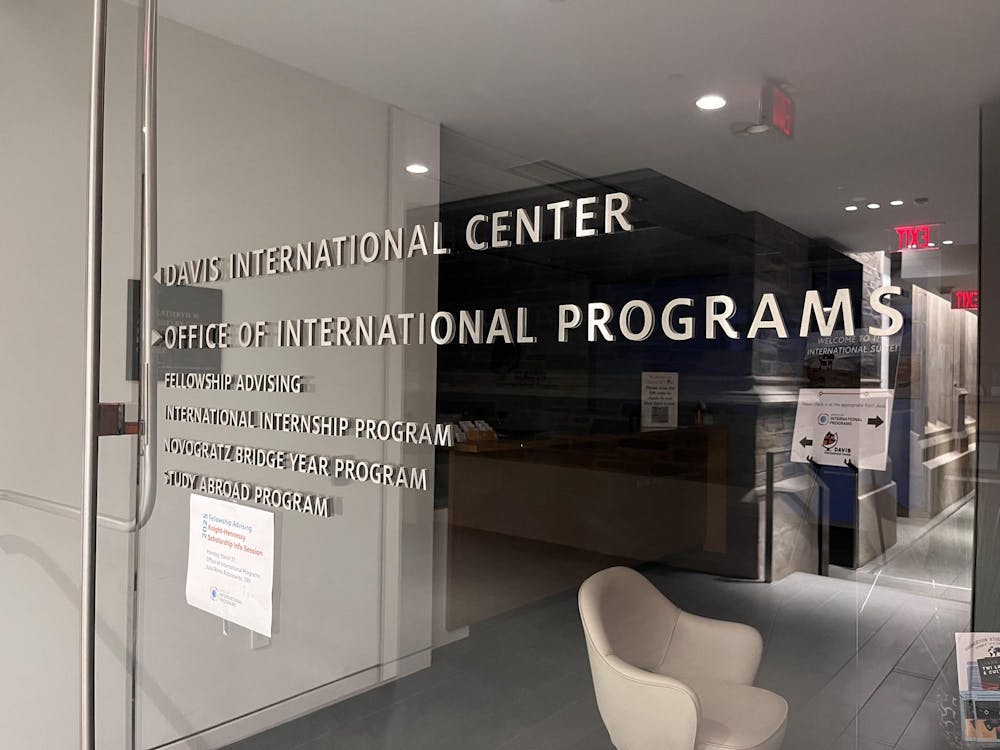Finding financial donors for projects at Princeton University is often as difficult as finding the color orange at a University reunion.
The University is known for, among other things, generous alumni. So many were surprised when, a few years ago, the newly constructed Princeton University Stadium, home to University football, had trouble finding enough donors to cover the tab.
Stadium designers set the target construction cost at $45 million. The University ended up raising about half that amount through gifts, and the remaining balance was financed by borrowing.
University Director of Leadership Gifts Jotham Johnson '64 said the original plan was to raise about half of the $45 million in one large donation and the remaining funds from in gifts.
"Our strategy was to find one large-gift donation of about $25 million and the other $20 million in lesser donations," Johnson said. "We fell short of finding our one large donor, but we raised about $24 million in smaller gifts, so that went beyond our expectations."
"We conjured up a list of about half a dozen people who had both the capacity to make such a large donation and an interest in Princeton football," he added. "Unfortunately, none of them panned out."
According to Vice President for Finance and Administration Richard Spies GS '72, the average donation ranged between $50,000 and $75,000, with a few multi-million dollar gifts along the way.
"There was interest in the early stages to find a donor to make a very large gift — possibly all [of the cost]," he said.

Despite the failure to raise all the necessary funds for the stadium through alumni donations, Spies said he was confident that it will not impede future projects.
"The overwhelming record of success at Princeton is a great message for the future," he added. "This is just the exception."
Another dilemma that surfaced while searching for the answer to the $25 million question was what the new stadium should be called. A quick glance around campus shows that the University has a tradition of naming buildings and projects after their primary doners.
"It is somewhat customary to ask for a little over half of the total cost and, once that donor is found, to give him the right to choose the name," Johnson said.

When the $25 million donor was never found, and the construction of the stadium was nearing its completion, the name for the stadium was still up in the air.
The board of trustees settled on Princeton Stadium.
"The stated intention of the trustees was to leave the name as Princeton Stadium," Spies said. "They liked that it was inclusive of the entire community and represented all people."
According to Vice President for Development Van Zandt Williams '65, the decision to settle on the current name was influenced by the final project.
"While we did look around for a 'naming' gift in the beginning," he said, "the trustees were so delighted by the design that they decided to keep the Princeton name on the stadium, much like the Harvard Stadium or the Yale Bowl."
According to Johnson, the likelihood of the stadium changing its name now is slim.
"Our presumption is that [the stadium] is called Princeton Stadium and will be in the future," he said.







